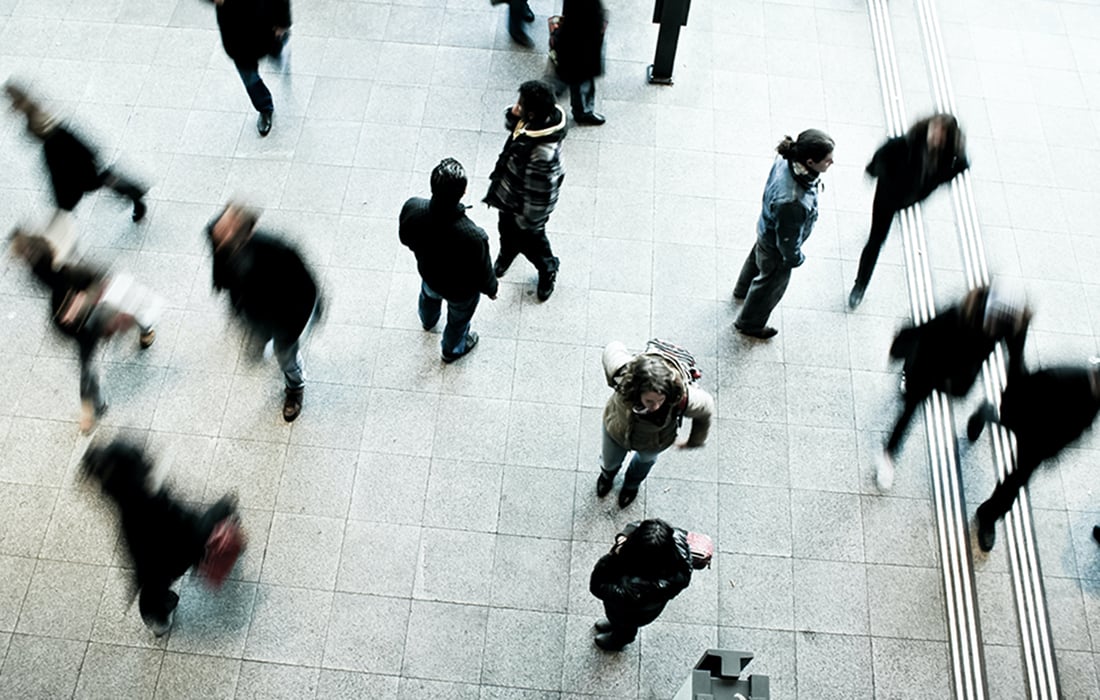
Photo: Timon Studler on Unsplash
Recessional: the arts in a collapsing economy
Introducing our series on the arts in the recession, François Matarasso asks whether we need a new attitude to culture and society.
In 1897, when Queen Victoria marked 60 years as monarch of an empire on which the sun seemed not to set, few people foresaw the coming decline. Rudyard Kipling, a contentious writer but not a stupid one, did, and his poem on the occasion of the Queen’s Diamond Jubilee is a clear-eyed look at human arrogance. Though framed in terms unfamiliar to modern ideas, ‘Recessional’ feels oddly contemporary as Anglo-Saxon economic dominion is shaken by the results of its own self-belief.
As unemployment passes two million and thousands loses their homes, the arts are not high on many people’s list of priorities. People who were always unconvinced of the value of art have begun making familiar critiques, evident for example in the recent coverage of Jaume Plensa’s planned public sculpture in St Helen’s. But artists and others who work in the arts have jobs and families and homes too. Their futures are no less important than anyone else’s. It would be a hypocritical government that, after boasting for a decade of Britain’s world-leading creative economy, now failed to give it the support so liberally distributed to banks. The cultural sector is part of the economy and it shouldn’t be ignored by policy-makers falling back on outdated ideas of value in a crisis.
The USA’s lead
More positively, as President Obama has recognised, the arts also have something to offer economists rediscovering Keynesianism. The American Recovery and Reinvestment Act passed by Congress in February included a $50m investment in the National Endowment for the Arts (NEA). Ten days later the House Appropriations Subcommittee increased the Endowment’s annual grant by a further $10m. While the NEA’s $155m budgets still looks small from a European perspective, these measures are resonantly symbolic. Bob Lynch, CEO of Americans for the Arts, was able to say “we are pleased that Congress is recognising the cultural, educational, and economic contributions that an investment in the arts brings to communities and states throughout the nation. The arts are integral to rebuilding our economy and workforce.”1
Here in the UK, the arts sector’s position is much less clear. Arts Council England did better than expected in the 2008 spending round, with an above-inflation increase in its grant-in-aid (offset, it must be said, by the diversion of National Lottery income to the Olympics). However, the bulk of that increase is due in 2010/2011, a distance at which it now seems unwise to bet heavily. And what of the next spending review, for the period after 2011? Only a resolute optimist would count on the British government following the American example when the public finances will be so stretched.
Feeling the pinch
There are already signs that the arts are feeling the effects of recession in other parts of the economy. Business sponsorship is an obvious casualty, with Arts & Business recently admitting that “the climate is expected to remain quite dire”.2 Foundations have been hit by the double collapse of stock markets and interest rates and the consequent fall in revenues may prove even harder to accommodate. One major European foundation has had to cut its budget by 30% and suspend planned programmes. Others have already begun telling arts organisations that money promised cannot be paid because it simply isn’t there. When the tumult and the shouting have died down, when the bankers and politicians have departed, the landscape will look very different. The arts and cultural sector will have to respond to that new world but, in looking for parallels that might suggest what to expect, it’s not evident whether 1929 or 1989 might be the better guide.
The 1929 Wall Street Crash initiated the Great Depression, contributed to causes of the Second World War and devastated millions of lives. We are not there, though we do not know where we are. The collapse of the Soviet Union and European communism in 1989 discredited an ideology (though Marx is selling well again) and liberated millions. The impact of that event is still too early to assess – as Zhou Enlai is supposed to have quipped of the French Revolution – though 20 years have already passed since elated crowds took hammers to the Berlin Wall. The question now is whether the type of neo-liberal capitalism that has dominated the world for the past 30 years has hit turbulence or run into the sand. Will monetarism get back on track after the present difficulties or will Western societies have to find a new way of keeping wealthy, healthy and safe? A similar dilemma faces those who work in the arts and cultural sector, after 30 years of ideological and economic inflation. Are the years of plenty over? Did Kipling write for today when he saw that “all our pomp of yesterday is one with Nineveh and Tyre”?
If anyone understands the meaning of hubris, it should be the arts: they have built entire art forms by exploring human pride and its consequences. In their quieter moments, some artists and managers might also recognise that, being human, they too can fall into arrogance and overconfidence. Now may be a good time to draw on that knowledge in imagining a renewed cultural life for a post-recession society – one that may be more reflective and self-critical, that rethinks the relationship between the individual and the group (and the planet) and that is less in thrall to money than it has been. A culture, in short, that provides solid rather than illusory reasons for optimism about our society, our future and ourselves.
Join the Discussion
You must be logged in to post a comment.